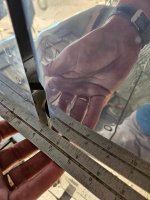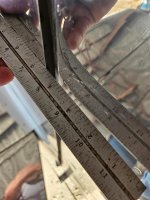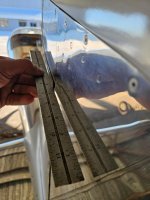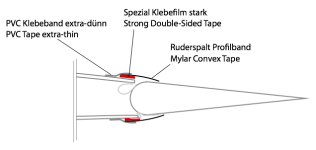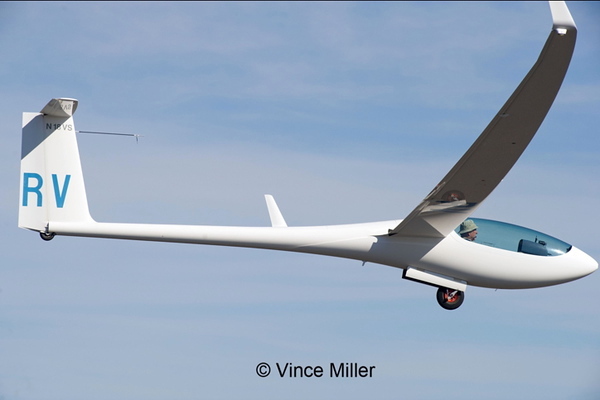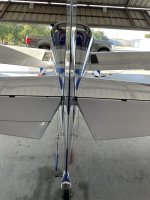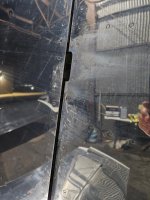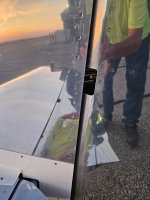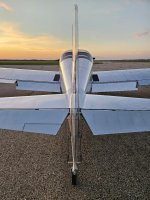birddog486
Well Known Member
I've been spending a lot of time in the RV-7 this year and I've checked rigging, alignments and twist in all the control surfaces without any luck in finding whats causing this tail wagging.
It only takes a slight amount of turbulence to set it in motion. I can keep both feet pressed hard on the rudder or just let it float and neither will stop it. It doesn't make a difference being fast or slow but the stronger the turbulence the more aggressive the wagging.
Anyone have thoughts on this.
https://youtu.be/fgnwp1I3nfI
It only takes a slight amount of turbulence to set it in motion. I can keep both feet pressed hard on the rudder or just let it float and neither will stop it. It doesn't make a difference being fast or slow but the stronger the turbulence the more aggressive the wagging.
Anyone have thoughts on this.
https://youtu.be/fgnwp1I3nfI



